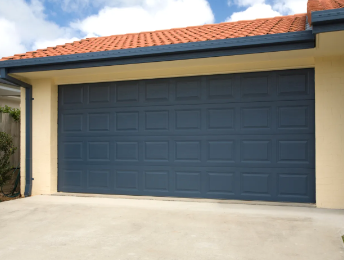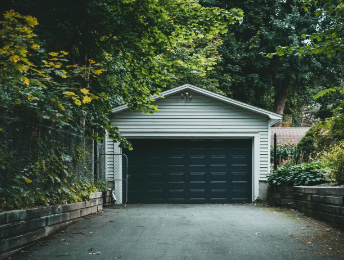How to Lubricate Garage Door Tracks: A Step-by-Step Guide
Published: May 30, 2025
Is your garage door making more noise than it used to? Or are you worried about the appearance of rust? These could be early warnings that your system needs attention. One of the smartest moves you can make is focusing on the tracks — an often-overlooked part of routine care. As part of your regular garage door maintenance, learn how to lubricate garage door tracks step by step and avoid unnecessary repairs.
What to Have Handy Before You Start
Before you start, make sure you have a few essential items on hand. You’ll need a clean cloth or rag to wipe down the tracks. A small brush or vacuum will be useful to clear out built-up dust and debris. Most importantly, you’ll need a high-quality garage door track lubricant. Look for one specifically silicone-based or containing white lithium grease designed for metal parts. Also, if your tracks are high, you’ll probably need a ladder to reach them safely.
How to Lubricate Garage Door Tracks: Step-by-Step
Let’s get started on how to grease garage door track components. Once you’re ready and have your materials in hand, follow the easy steps.

Disconnect the Opener
For safety, always unplug or switch off your automatic opener before you begin any maintenance.
Clean the Tracks
Use a dry cloth or a vacuum with a narrow nozzle to carefully clean all surfaces of the garage door tracks to remove dust, dirt, or old residue. Clean tracks allow the rollers to move freely and prevent unnecessary friction.
Apply Lubricant to the Edges
Spray a light coating of your garage door track lubricant along the top and outer edges of the metal tracks. Make sure not to spray directly on the inside surface where the rollers move — that area should stay dry to prevent buildup and slipped rollers.
Operate the Door Manually
Open and close the door a few times by hand to evenly distribute the lubricant along the tracks. Pay attention to the sound and feel of the door as it moves.

Common Mistakes to Avoid
When it comes to how to oil garage door tracks, it’s just as important to know a few tips that can prevent things from worsening.
- Avoid using too much lubricant — it can trap dirt, make rollers stick, and clog the tracks.
- Avoid household oils — general-purpose lubricants can break down rubber and plastic components in garage door systems.
- Limit lubrication to the track edges — rollers or hinges may require different care.
If your garage door still isn’t working smoothly after lubrication, it may be time for professional garage door repair to diagnose and fix the underlying problem.
Summing Up
A little attention to your garage door track can really improve your door movement. Knowing how to lubricate garage door tracks means you’re better prepared to handle regular upkeep — one of the most useful garage door maintenance tips you can follow.
If you’d rather leave maintenance to the professionals, feel free to contact Up & Down Garage Doors and schedule the seasonal garage door checkup.


